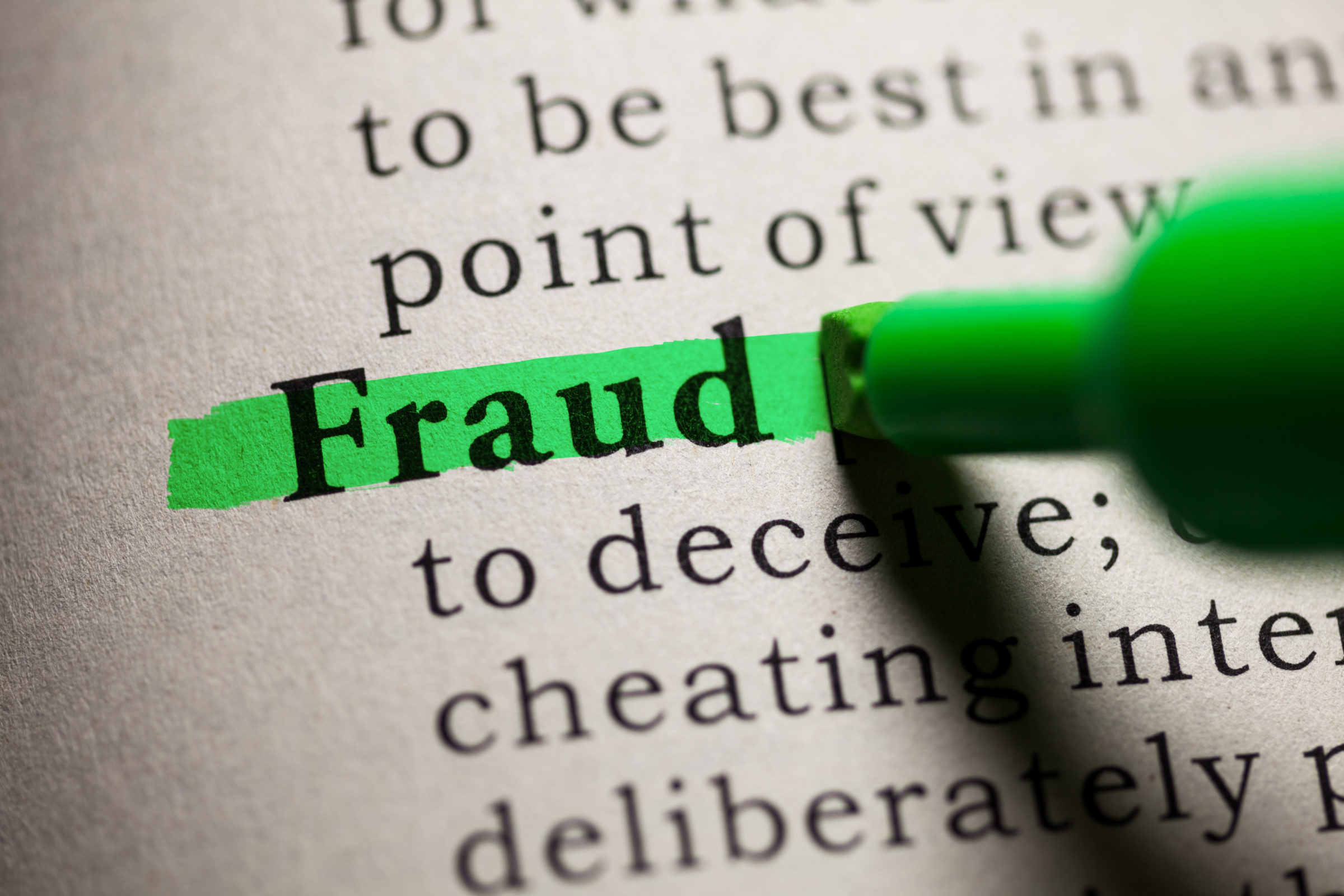
Like many things in life, the choices others make, can also impact you. All insurance policyholders are impacted by insurance fraud, not just the perpetrators. Insurance fraud typically means an increase in claims, and therefore an increase in insurance premiums.
The insurance industry is actively looking to reduce fraud, for the benefit of all Kiwis. That’s where the Insurance Fraud Bureau comes in. Partnering with organisations across New Zealand, we work with them to detect and prevent fraud.
In 2018 10% of NZ insurance claims were estimated to be fraudulent
(https://ifb.org.nz/)
Internationally, insurance fraud (or financial loss) is estimated at 7 to 15% of Gross Written Premiums. In New Zealand it costs insurers up to 10% of gross written premiums each year, estimated to have cost $614 million in 2018 which has an impact on all insurance policyholders.
Is insurance fraud a crime?
In New Zealand, there has long been a concern that fraud detection and prosecutions have not been taken seriously. The NZ Crimes Act, 1961, does not recognise fraud as a crime. Instead, it is commonly tried in courts as:
- Deceit
- Forgery
- Counterfeiting
- Arson
- Damage
- Waste
What is insurance fraud?
To put it simply, insurance fraud is where someone lies to their insurer to gain a financial or personal benefit. The majority of insurance fraud occurs at the point of making an insurance claim. Typical examples include:
- Events or losses that didn’t happen
- Staged or planned losses such as arson or theft
- Exaggerated insurance claims
- Non-disclosure of information that insurers require (so that they can match the correct premium with the appropriate level of risk).
When someone is caught, typical prosecution types are:
- Falsifying a document
- Misuse of an official document
- False statements or declarations
- Obtaining by deception or causing loss by deception
- Dishonestly taking or using a document.
Are there different types of insurance fraud?
Fraud is generally categorised as ‘soft fraud’ or ‘hard fraud’.
Soft insurance fraud
This type of insurance fraud occurs when someone is provided with an opportunity to commit insurance fraud, usually through circumstances or chance. This is the most common type of insurance fraud, with many people not even realising that what they’re doing is illegal. For some, they acknowledge that they’re not supposed to do this, but think it is an acceptable thing to do. This way of thinking about insurance fraud can be explained by believing that ‘everyone does it’, or it’s OK because they’ve paid insurance premiums for years.
Typical examples of soft insurance fraud include claiming:
- For items that were never owned, or weren’t lost. Often the rest of the insurance claim is legitimate though
- That lost items were newer or in better condition than they actually were
- For a combination of lost items into one claim to get around a policy’s excess amount
- That someone else was driving a vehicle involved in an accident in order to pay a lower excess
- That someone’s else’s belongings are yours, because they don’t have insurance
- For the same thing on multiple insurance policies.
Hard insurance fraud
This type of insurance fraud is pre-planned, with the intent of deliberately deceiving for financial or personal gain. This type of fraud typically has the goal of an insurance payout from the loss or damage of an item, that the policyholder wouldn’t usually be entitled to.
Typical examples of hard insurance fraud include:
- Staging a burglary
- Crashing a car
- Setting a house or car on fire
- Damaging personal property (such as a smartphone) because a newer model is now available
- Encouraging a friend or family member to help you or attempt any of the above.
Who commits insurance fraud?
There are three key groups of people who typically commit insurance fraud:
- Ordinary people – wanting to cover their insurance expenses when filing a claim, believe an item is worth more than it actually is, or they take this as an opportunity to make some extra money
- Professionals and technicians – inflate service costs or charge for services not provided
- Organised criminals – steal large sums of money through fraudulent business activities.
Some insurance types are more susceptible to insurance fraud, including health insurance, workplace or non-workplace accident insurance (such as ACC) and car insurance. The Insurance Fraud Bureau is aware of this and is actively working with organisations across New Zealand to monitor these areas for insurance fraud.
Why do people commit insurance fraud?
Dr Donald Cressey, a notable criminologist, developed the Fraud Triangle in 1953. There are three key elements to the Fraud Triangle, and they describe the enablers for fraudulent behaviour to occur.
Importantly, all three elements must be present for a fraudulent act to be initiated. The three elements are:
- Opportunity
- Pressure or motivation
- Rationalisation
Opportunity
If there is a system weakness, or a legal loophole, an opportunity may be spotted to take advantage of making a claim. This is often a temporary situation with a perceived ‘low risk’, but ‘high financial gain’.
Pressure or motivation
Often there is a driver for a fraudulent behaviour to occur. A personal situation, financial stress, greed or addiction are all types of pressure or motivation that can lead to poor decision making.
Rationalisation
This is when the person committing the fraud can justify their decision. Some examples of a justification mindset include entitlement, job dissatisfaction and helping one’s family.
People who undertake soft or hard insurance fraud, undertake a risk assessment based on the Fraud Triangle. A concern for the insurance industry is that a successful fraudulent claim is likely to be repeated if the perceived risk remains low, and they feel there is little chance of being caught.
Even law abiding citizens can be tempted by an ‘opportunity’ if they experience the pressure or motivation to commit insurance fraud, and can rationalise their actions.